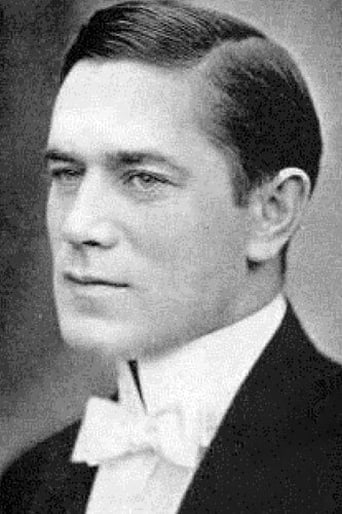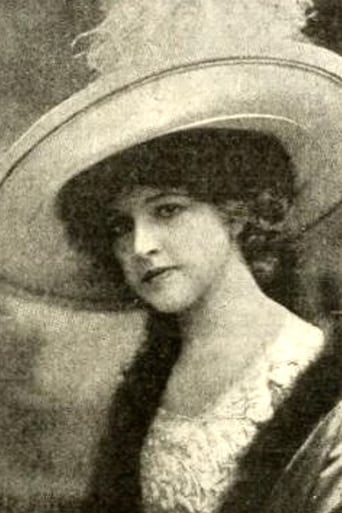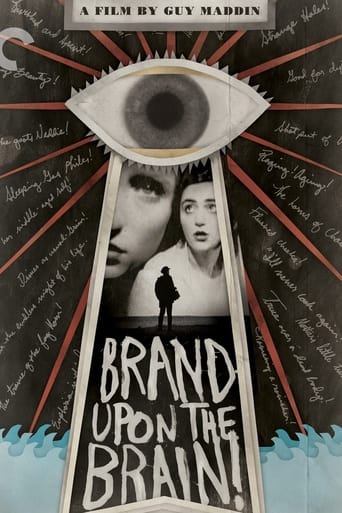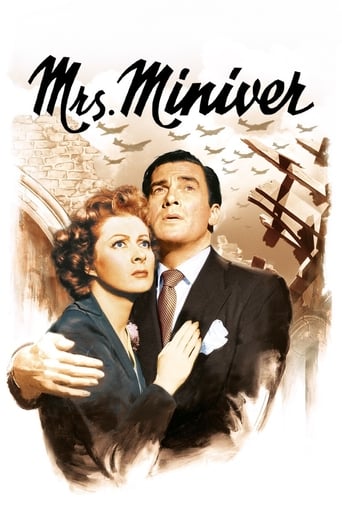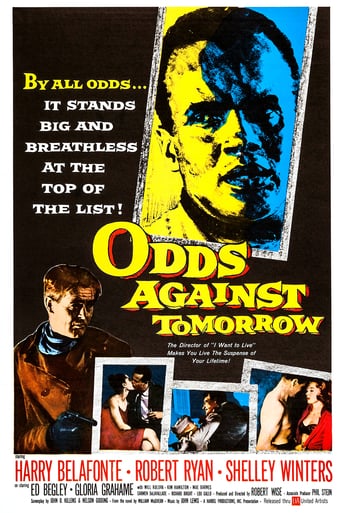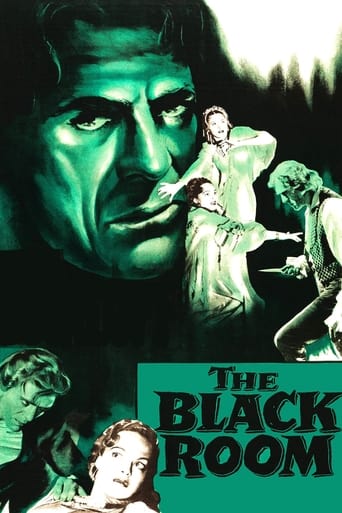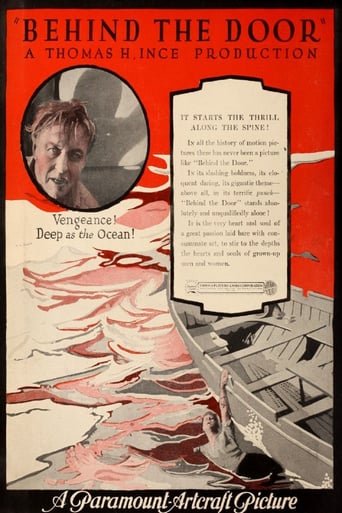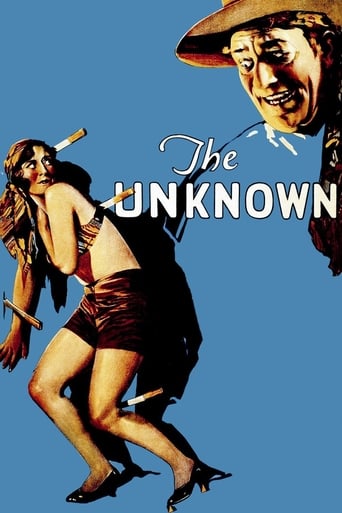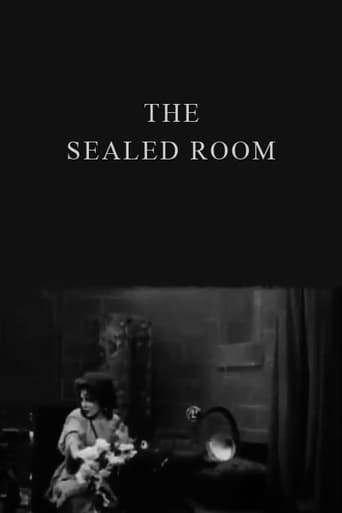
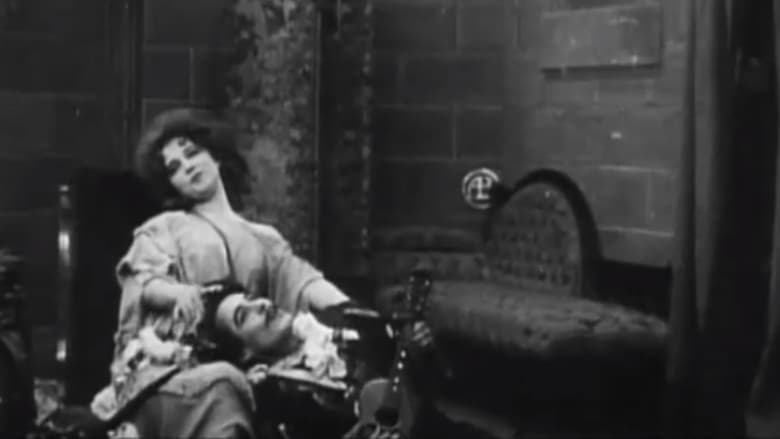
The Sealed Room (1909)
The Count sets out to make a private room for him and his Countess, built in such a way no one can see, hear, and most importantly, disturb them. But unbeknownst to the Count, his wife has set her eyes on the court minstrel. Based on Edgar Allan Poe's “The Cask of Amontillado” and Honoré de Balzac's “La Grande Breteche”.
Watch Trailer
Cast
Similar titles
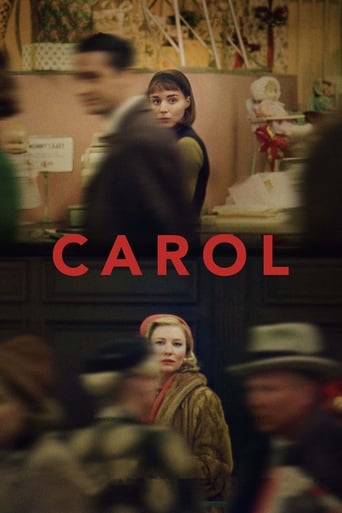
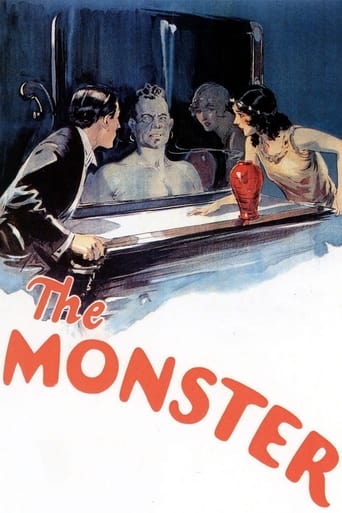
Reviews
Great Film overall
Good concept, poorly executed.
In truth, there is barely enough story here to make a film.
Exactly the movie you think it is, but not the movie you want it to be.
I loved this movie, and I loved Arthur V. Johnson's performance in it. I have seen him in several movies, and he was always excellent in them. He is described as a "pioneer actor and director of the early American silent film era", but an even better description would be "the first great actor in silent films", and he was certainly great in this movie! I do not think he over-acted: he was required to play a man outraged by his woman's infidelity, and that is how he acted it. Much credit should be given to director D.W. Griffith, and to co-stars Marion Leonard and Henry B. Walthall, who both turned in excellent performances. Considering this movie was made in 1909, I would say it is a superior movie, and I definitely recommend it!
This period melodrama is one of Griffith's earliest claustrophobic films. Characters trapped within a room are prevalent throughout his work and, as time went by, he would become increasingly adept at portraying their helplessness and involving the audience in their terror. In the bluntly titled Sealed Room there is one major difference to the normal plot line, in that there truly is no escape.Griffith achieves the claustrophobic effect here in two ways. First is his use of space. While the typical Biograph short might utilise a dozen or more sets, The Sealed Room features only two adjoining rooms the king's court and the dove cote that becomes the eponymous tomb. The set design in these shorts is rarely referenced, but here it is crucial. The court is a large interior, with a backdrop hinting at greater depth and showing us a window and a staircase. Actors enter and leave from various directions, suggesting the room is not only spacious but also free and open. By contrast the dove cote's back wall is very close to the camera, and the angles in it suggesting a hexagonal or octagonal shape make it seem even more confined.The second technique on display here is the cross-cutting. Anyone with an interest in Griffith's work will probably know about his heavy use and development of cross-cutting to build excitement or tension. Many will also know that strictly speaking it wasn't his invention. However what makes Griffith's cross-cuts so effective is the way he paces the opposing images so they complement each other. The Sealed Room contains a good example of what I mean. The shots of the masons shifting the heavy bricks have a slow, step-by-step pace to them, with tension building as the wall gets higher. This movement is matched by the shots of the blissfully unaware lovers, in which Marion Leonard tears off flower petals one-by-one. As the couple realise their predicament, their rising panic is complemented by the opposing shot of the king madly thrashing his sword against the wall.At this point, Griffith was yet to realise that the action could be heightened further by introducing a third strand to the cross-cut. The dramatic "ride-to-the-rescue", here absent, was later to become a standard climax to Griffith's pictures.
By 1909, D.W. Griffith had been directing films for the Biograph Company for about a year, and working at a rate of two or three per week was rapidly beginning to develop his skills as a filmmaker. 'The Sealed Room' is a very interesting 11 minute short, a fascinating piece of Gothic melodrama that even drifts slightly into the realm of early horror. The simple narrative was probably inspired by Edgar Allen Poe's 1846 short story, "The Cask of Amontillado," and concerns a powerful king who conceives a deliciously sadistic form of revenge to punish his wife's infidelity.Set in medieval times, 'The Sealed Room' begins with the king (Arthur V. Johnson) overseeing the construction of a windowless room from a sequestered dove-cote, the idea being that he and his wife (Marion Leonard) will have a completely private place to enjoy each other's company. He is obviously very much in love with her, always showing his affection, this latest act the crowning achievement of his endearment. However, unbeknownst to the king, his wife has fallen in love with the royal minstrel (Henry B. Walthall). During one romantic liaison inside the specially-built room, the wife and the minstrel are discovered, and the heartbroken king conceives a means of getting his retribution on the ignorant couple. Silently, he orders his workmen to seal off the only doorway with stone and mortar, slowly descending into cackling insanity as each new stone is placed down.D.W. Griffith always had an eye for acute detail, and 'The Sealed Room' is an excellent early example of this. The lavish medieval century costumes lend the film a sense of reality, and the castle interior looks authentic enough to be believable. At the time, the director was also pioneering methods of creating suspense, and I must admit that, as the film progressed, I became fixated on finding out what would happen to the hapless young lovers. In the early minutes, Griffith restricts his shots to lengthy long-takes from a stationary camera (as was usual at the time), but soon parallel to the progressively darker subject matter he alters his editing tactics in a fascinating way. Though he may not have invented the technique, Griffith was crucial in popularising the use of "cross-cutting" that is, alternating between different events occurring at the same time. Not only does this create a sense of continuity, but it also maximises the level of suspense, since we, as the audience, are well aware, not only of the king's ghastly actions, but also that the wife and the minstrel are oblivious to it all.Despite these innovations, 'The Sealed Room' suffers from many of the shortcomings typical of the era. The entire film takes place in just two rooms, with footage captured from a total of just three positions, and so it is prone to become dull and monotonous at times. The acting performances are greatly exaggerated for extra effect, however, at least in the case of Arthur V. Johnson, his overplaying actually contributed to recognising the escalating madness of the betrayed king. A moment that I thought particularly effective was when the two lovers attempted to exit the room, only to find their only doorway replaced with a wall of solid stone. Their panicked reactions, accompanied by the silent maniacal cackling of the king, serve very well to create an impending sense of claustrophobia. I did think, however, that their supply of oxygen was exhausted surprisingly quickly.
Had this movie been made a few years later, I would have given it a lower score. However, for 1909, this was a dandy little movie and still stands up pretty well today. Just don't try to compare this silent film to later silents--the industry changed so radically that the shorts of the first decade of the 20th century don't look at all like movies made in the 1910s and beyond.This movie is 11 minutes long (about average for most films back then) and is a variation of the Edgar Allen Poe story, THE CASK OF AMONTILLADO. While many are familiar with the story, I won't elaborate further as I don't want to ruin the film. Just suffice to say that it's very creepy!!
